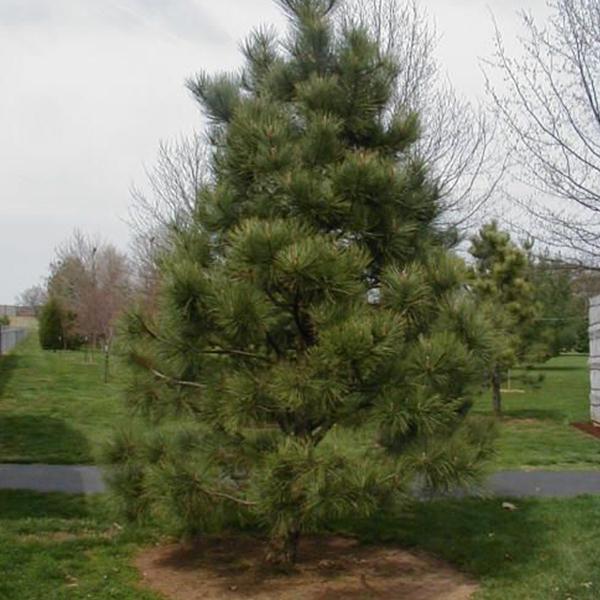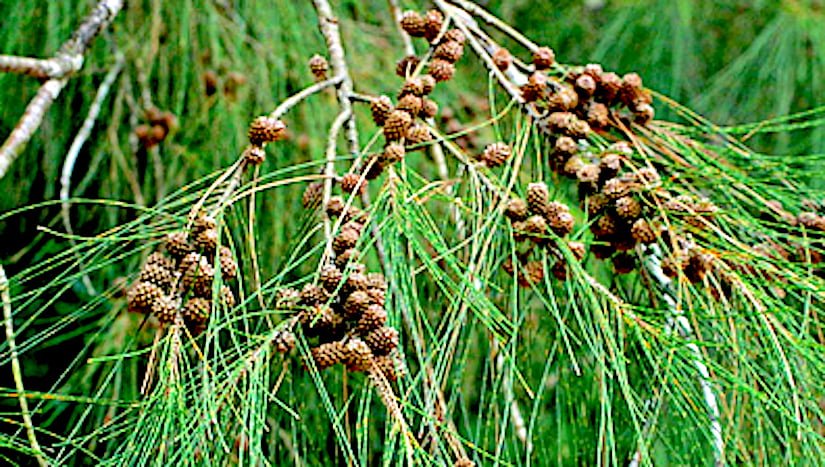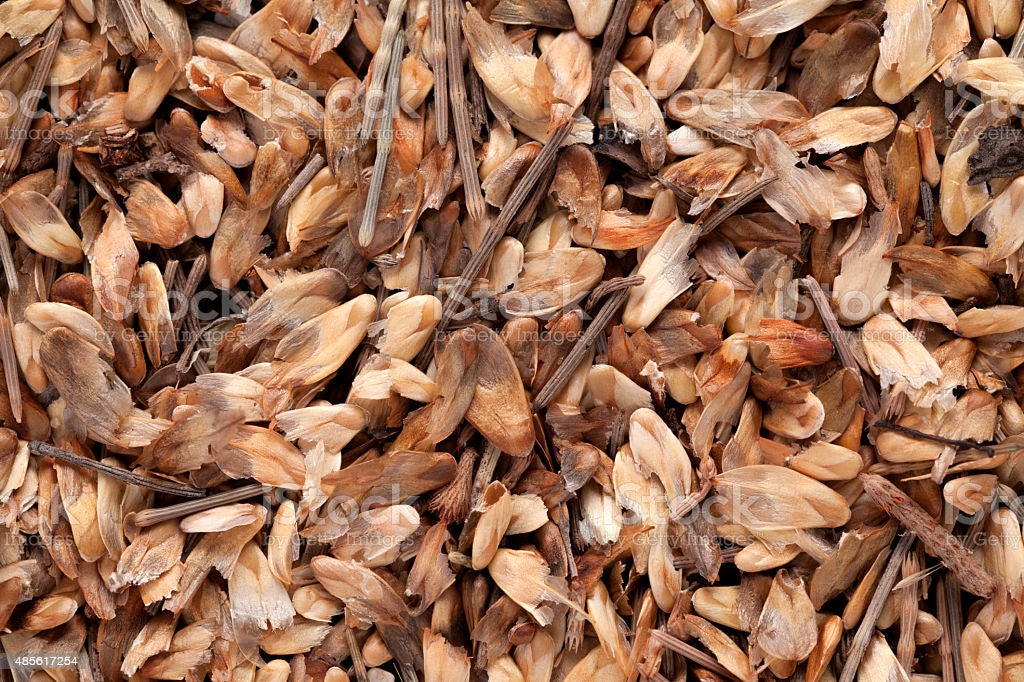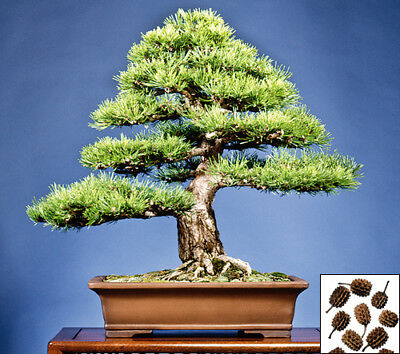Casuarina equisetifolia
Casuarina equisetifolia
Couldn't load pickup availability
Casuarina equisetifolia
The angiosperm family, Casuarinaceae, includes 4 genera and 82 species (Woodall and Geary 1985). All Casuarina species have evergreen, needlelike foliage and woody cones. They are fairly stout-trunked, rough-barked, fast-growing trees with nearly erect or semi-spreading main branches and slim branchlets. The tufts of deciduous, jointed, grooved, green twigs resemble pine needles but separate easily at the nodes where the true leaves are seen as tiny, pointed teeth ringing the joint (Morton 1980). Their midveins run down to the next node and form more or less distinct ribs. Such scales cannot perform most of the functions of normal leaves. These are taken over by the needles. However, the scales are helpful in an environment where fresh water is scarce; the lack of typical leaves and the structure of the needles retard the escape of water. (Barrett 1956)
Male flowers are borne in slender, cylindrical spikes at the twig tips. Each flower is subtended by 3 or 4 bracts and consists of a single stamen. The female flowers occur in lateral heads on non-shedding branchlets and the fruits form woody cones when ripe. In moist soils at certain sites in Australia and elsewhere, one third or more of the trees are well nodulated by nitrogen-fixing bacteria
The pre-ripe fruit color for the genus is green to gray-green, becoming brown when ripe. In warm climates, flowering and fruiting occur throughout the year, and consequently, time of seed collection varies from place to place. The peak of the flowering period appears to be April through June, with fruiting from September through December. Minimum seed bearing age is 4-5 years, although there are reports of 1-2 years in stress environments (Morton 1980). Good seed crops occur annually (Schopmeyer 1974). Seeds in a moist medium have germinated after exposure to light for 6 hours per day for 4 to 6 weeks. No pre-germination treatment is needed
Price is for 6 seeds
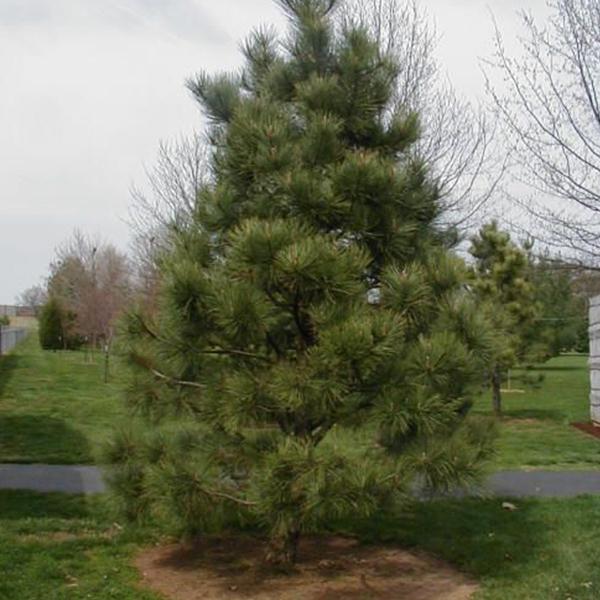

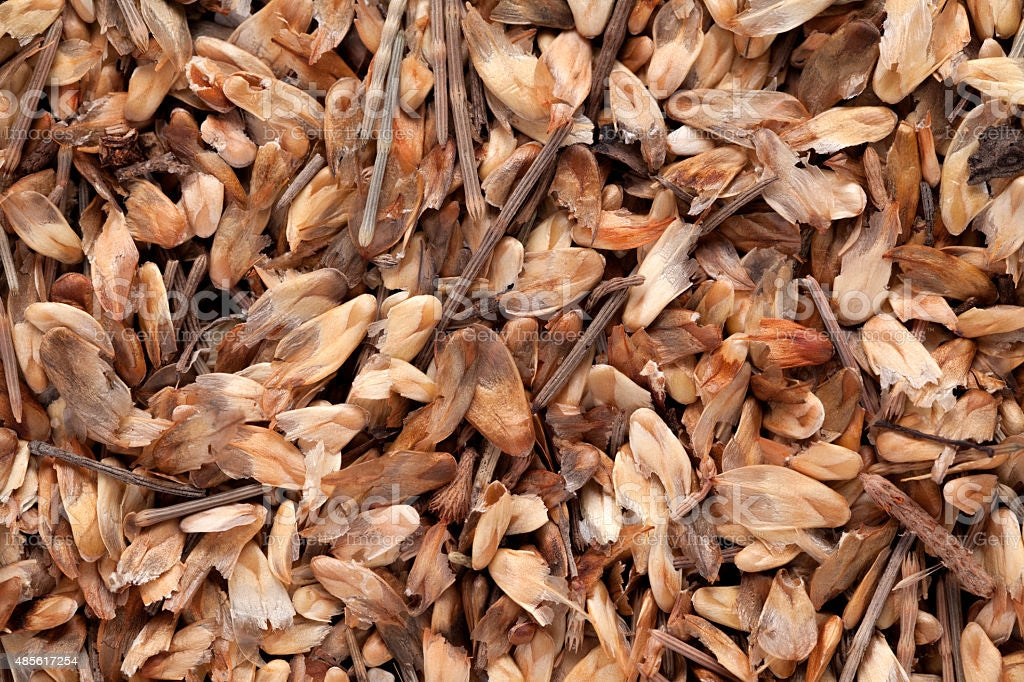
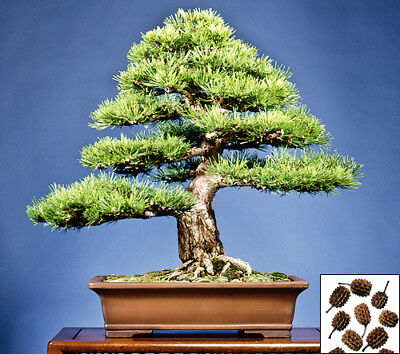
Collapsible content
Fair Use Disclaimer
Our website may contain content not authorized for use by its owner but use of this material falls under the guidelines of fair use (They are for educational purposes only to show the plant only).
If you want to find our more or own any images displayed on our website and disagree with our assessment it constitutes 'fair use' please click here.

